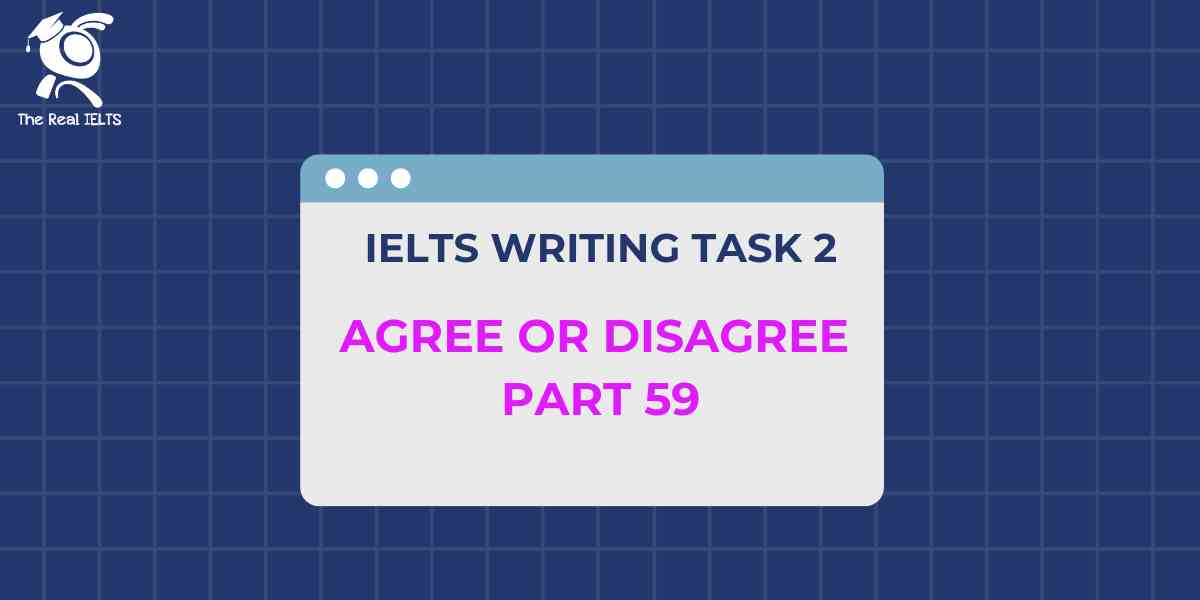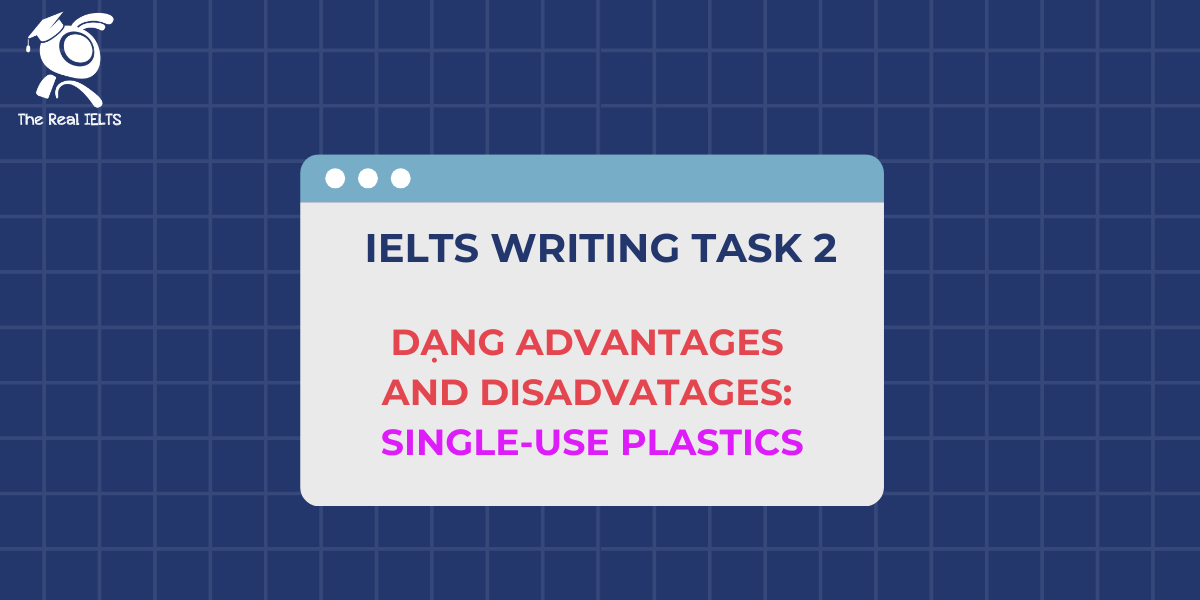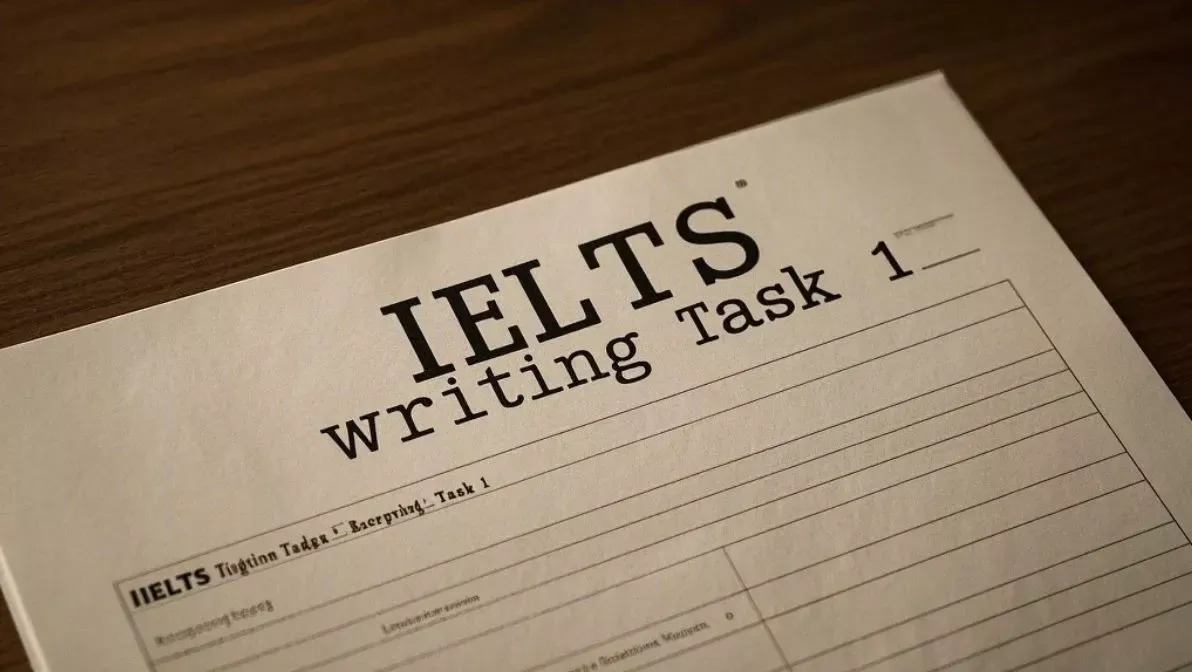Đề bài IELTS Writing Task 2 dạng Agree or Disagree Part 59:
You should spend about 40 minutes on this task
Physical punishment is an acceptable way to discipline children. To what extent do you agree or disagree?
Write at least 250 words.
Giải mẫu IELTS Writing
Physical punishment has long been a topic of debate in the context of child-rearing. While some argue that it is an effective way to instill discipline, others contend that it can have harmful long-term effects on children. In my view, physical punishment is generally an unacceptable method for disciplining children, although I acknowledge that there may be exceptional circumstances where it could be deemed necessary.
Firstly, numerous studies have shown that physical punishment can lead to adverse psychological effects in children. It can foster feelings of fear, anxiety, and resentment, which may hinder healthy emotional development. Instead of understanding the consequences of their actions, children may become more secretive or develop a rebellious attitude as a response to being punished physically. This type of discipline does not address the root causes of misbehavior and fails to teach children about self-control and responsibility.
Furthermore, physical punishment can damage the parent-child relationship. It can create a climate of fear and mistrust, where children are less likely to communicate openly with their parents. This can limit the effectiveness of parental guidance, as children might avoid discussing their problems or mistakes to escape punishment. In the long run, this dynamic can erode mutual respect and understanding, which are crucial for a healthy familial bond.
However, I acknowledge that cultural norms and traditions play a significant role in shaping attitudes toward physical punishment. In some societies, mild forms of physical discipline, such as a light smack, are considered a normative practice and are not viewed as harmful. Moreover, in situations where immediate physical intervention might prevent a child from harming themselves or others, such as stopping a dangerous action, some might argue that it is justified.
In conclusion, while there may be specific instances where physical punishment could be considered, these are exceptions rather than the rule. The potential psychological harm and damage to familial relationships generally outweigh the perceived benefits. Therefore, I largely disagree with the notion that physical punishment is an acceptable way to discipline children. Alternative disciplinary methods that emphasize communication and understanding should be prioritized to foster a more supportive and nurturing environment for children.
Cấu trúc ngữ pháp và cấu trúc câu
Cấu trúc câu và cấu trúc ngữ pháp
- Câu khẳng định và phủ định: Bài viết sử dụng nhiều câu khẳng định và phủ định để trình bày quan điểm và lý do.
- Ví dụ: “Physical punishment has long been a topic of debate…”, “In my view, physical punishment is generally an unacceptable method…”
- Câu phức: Sử dụng nhiều câu phức để diễn đạt các ý tưởng phức tạp và cung cấp bằng chứng hoặc lý do.
- Ví dụ: “While some argue that it is an effective way to instill discipline, others contend that it can have harmful long-term effects on children.”
- Câu điều kiện: Dùng để chỉ các tình huống giả định hoặc điều kiện.
- Ví dụ: “Although I acknowledge that there may be exceptional circumstances where it could be deemed necessary.”
- Câu bị động: Sử dụng để nhấn mạnh hành động hoặc kết quả hơn là người thực hiện.
- Ví dụ: “Physical punishment can lead to adverse psychological effects in children.”
- Câu dùng mệnh đề phụ thuộc: Thường xuất hiện sau các liên từ như “while”, “although”, “where”, “which”, “as”, “if”.
- Ví dụ: “Instead of understanding the consequences of their actions, children may become more secretive…”
- Danh từ hóa: Sử dụng các danh từ trừu tượng để trình bày các khái niệm.
- Ví dụ: “fear”, “anxiety”, “responsibility”, “communication”.
Các từ kết nối
- While – Mặc dù (dùng để so sánh hoặc đối chiếu ý kiến)
- Although – Mặc dù (dùng để chỉ sự nhượng bộ)
- Firstly – Đầu tiên (dùng để giới thiệu luận điểm đầu tiên)
- Instead of – Thay vì (dùng để chỉ sự thay thế)
- Furthermore – Hơn nữa (dùng để bổ sung ý kiến)
- However – Tuy nhiên (dùng để giới thiệu ý kiến đối lập hoặc ngoại lệ)
- Moreover – Hơn nữa (dùng để bổ sung thêm thông tin)
- Therefore – Vì vậy (dùng để chỉ kết luận hoặc hệ quả)
- In conclusion – Kết luận (dùng để tóm tắt và kết luận bài viết)
Những từ kết nối này giúp liên kết các ý tưởng và đoạn văn trong bài viết, tạo ra sự mạch lạc và rõ ràng.
Các từ vựng tiếng Anh cần lưu ý trong bài viết
- Physical punishment – Hình phạt thể chất
- Discipline – Kỷ luật
- Child-rearing – Việc nuôi dạy trẻ
- Effective – Hiệu quả
- Harmful – Gây hại
- Long-term effects – Ảnh hưởng lâu dài
- Psychological effects – Ảnh hưởng tâm lý
- Fear – Sợ hãi
- Anxiety – Lo lắng
- Resentment – Sự oán giận
- Emotional development – Phát triển cảm xúc
- Rebellious attitude – Thái độ nổi loạn
- Root causes – Nguyên nhân gốc rễ
- Self-control – Tự kiểm soát
- Responsibility – Trách nhiệm
- Parent-child relationship – Mối quan hệ giữa cha mẹ và con cái
- Trust – Niềm tin
- Communicate openly – Giao tiếp cởi mở
- Mutual respect – Sự tôn trọng lẫn nhau
- Cultural norms – Chuẩn mực văn hóa
- Traditions – Truyền thống
- Mild forms – Hình thức nhẹ
- Normative practice – Thực hành chuẩn mực
- Justified – Hợp lý
- Exceptions – Ngoại lệ
- Familial relationships – Mối quan hệ gia đình
- Perceived benefits – Lợi ích nhận thức
- Alternative disciplinary methods – Phương pháp kỷ luật thay thế
- Communication – Giao tiếp
- Supportive and nurturing environment – Môi trường hỗ trợ và nuôi dưỡng
Đọc thêm các bài Luyện Thi IELTS khác trong link nhé.















